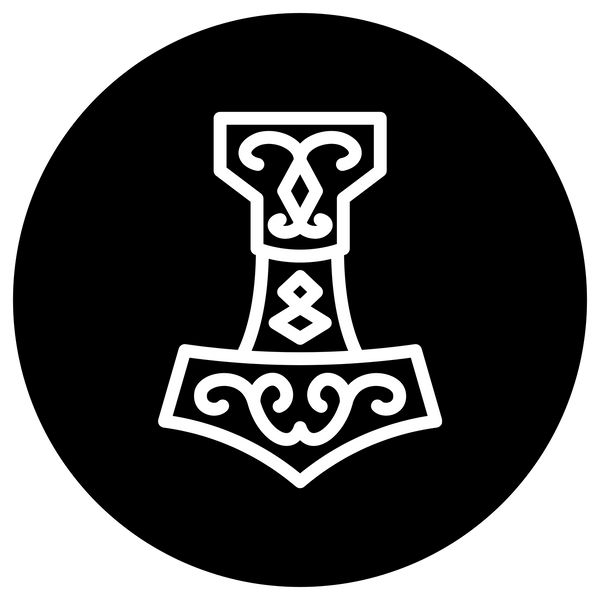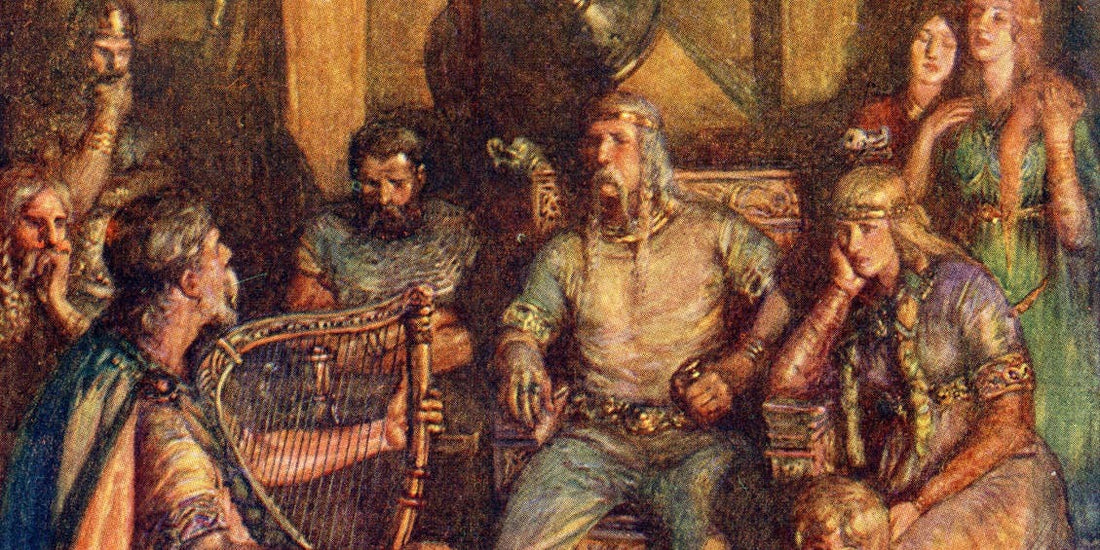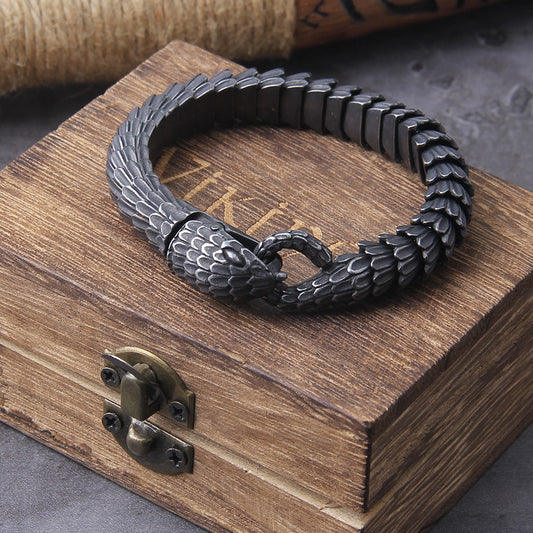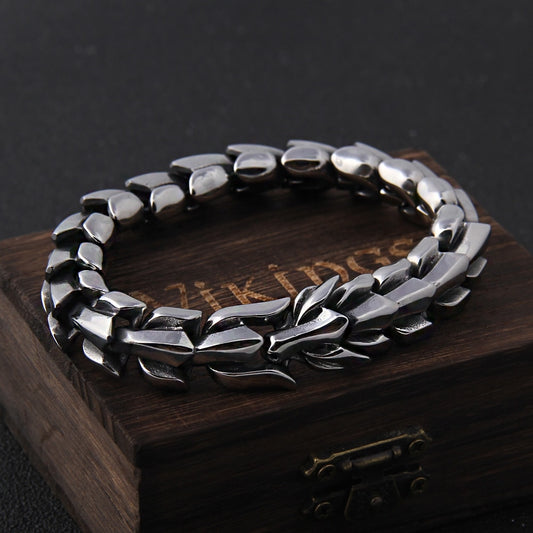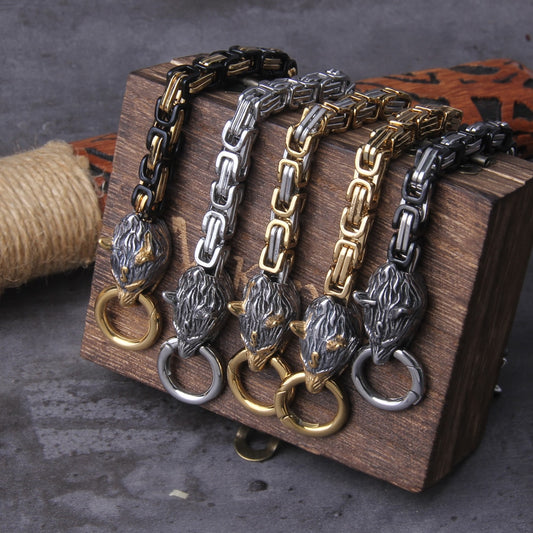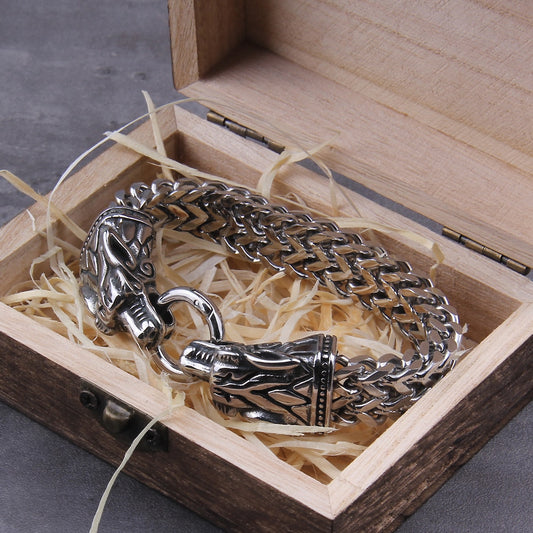Norse mythology, the ancient religious beliefs of the Scandinavian people, stands as a testament to a rich cultural heritage steeped in tales of gods, heroes, and cosmic battles. Yet, despite its profound influence on literature, art, and modern culture, much of Norse mythology remains veiled in enigmatic obscurity. Delving into the depths of its mysteries reveals a complex tapestry woven from the threads of oral tradition, historical shifts, and the gradual assimilation of new religious ideologies.
Oral Tradition and the Scarcity of Written Records
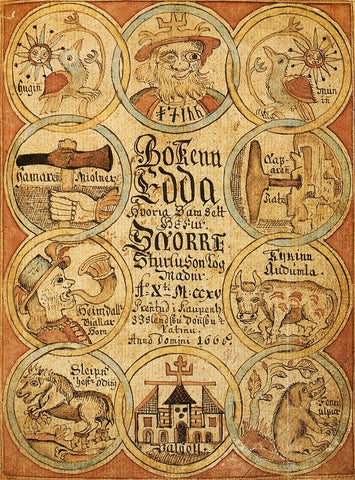
At the heart of the Norse mythological corpus lies an oral tradition passed down through generations by skilled poets known as skalds. Unlike other ancient civilizations, the Norse relied predominantly on oral transmission rather than the preservation of written records. The intricate narratives of their myths were woven into the fabric of everyday life, recited during gatherings, celebrations, and rituals. However, the ephemeral nature of oral tradition rendered the myths vulnerable to distortion and alteration over time, making it challenging to discern the precise origins and authenticity of these tales.
The Influence of Christianity and the Erosion of Norse Pagan Beliefs
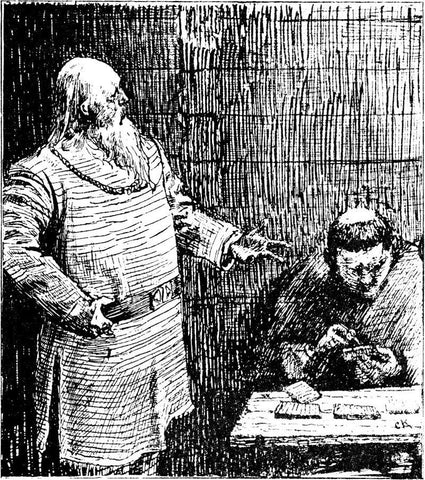
The advent of Christianity in the Norse territories marked a significant turning point in the trajectory of Norse mythology. As Christian missionaries spread their influence across Scandinavia, the traditional polytheistic beliefs of the Vikings encountered fierce ideological competition. Rather than outright rejection, the Norse integrated elements of Christianity into their existing pantheon, resulting in a syncretic fusion of pagan and Christian ideologies. This gradual assimilation of new religious concepts contributed to the erosion of indigenous Norse beliefs, leaving behind fragmented remnants of a once-thriving mythological tradition.
Preservation Efforts and the Recovery of Norse Mythology and Folklore
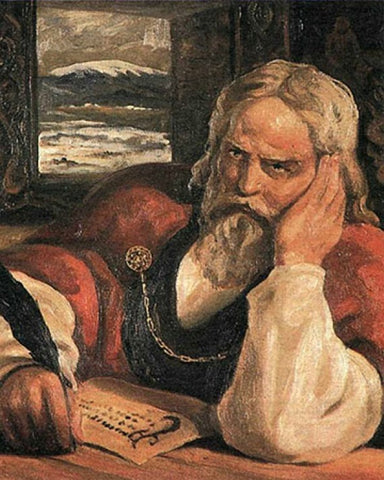
Despite the challenges posed by the transition to Christianity and the limitations of oral transmission, concerted efforts were made to preserve the legacy of Norse mythology for future generations. The compilation of written texts such as the Poetic Edda and the Prose Edda in the 13th century represents a pivotal moment in the preservation of Norse lore. These manuscripts, penned in Iceland, served as repositories of ancient wisdom, capturing the essence of a vanishing oral tradition before it faded into oblivion. Through the meticulous recording of myths, legends, and cosmological beliefs, these texts provided a glimpse into the rich tapestry of Norse mythology that might otherwise have been lost to the sands of time.
However, it should also be said that many poem collections were originally rewritten and compiled by Christians. The Prose Edda, for example, was put together by Snorri Sturlusson – a Christian who believed the Norse Gods were actually mortals, who had arrived in Scandinavia hundreds of years ago after the fall of Troy. Although it may not have been done intentionally, Snorri’s religious bias can be seen at times, such as the emphasis on good and evil, which leant more towards the Christian beliefs then Old Norse culture, where there was more grey-beliefs then good and evil. This has also led to historians discussing whether Loki, the Tricker God, was originally supposed to be as much of an antagonist as he is in the Prose Edda poems.
Exploring the Origins of Norse Mythology
The origins of Norse mythology lie shrouded in the mists of antiquity, entwined with the ancient rites and rituals of the Scandinavian peoples. Rooted in the indigenous pre-Christian religion of the Germanic tribes, Norse mythology represents a tapestry of interconnected deities, cosmological narratives, and heroic sagas. However, unravelling the threads of this complex tapestry proves challenging, as the precise dating of these tales eludes scholars, obscured by layers of mythic symbolism and oral transmission, and in no doubt purposeful damage done by Christian zealots during the height of conversions.
Revival and Resurgence: Norse Mythology in the Modern Era
In the wake of centuries of cultural transformation and religious upheaval, Norse mythology has experienced a resurgence in modern times. No longer confined to the annals of ancient history, the gods and heroes of Norse mythology have found new life in the realms of literature, art, and popular culture. From blockbuster films and bestselling novels to video games and comic books, references to Norse mythology abound, serving as a source of inspiration and fascination for audiences around the globe.
Norse mythology stands as a captivating testament to the enduring power of storytelling across generations. Despite the challenges posed by limited written records and the transformative influence of Christianity, the allure of Norse myths persists, captivating the imagination of scholars and enthusiasts alike. As we continue to explore the depths of history, may our endeavors to uncover the mysteries of Norse mythology illuminate the path towards a richer understanding of our cultural heritage. Through ongoing research and appreciation, let us ensure that the flame of Norse mythology burns brightly, igniting the imaginations of future generations with its timeless tales of gods, heroes, and epic adventures.
